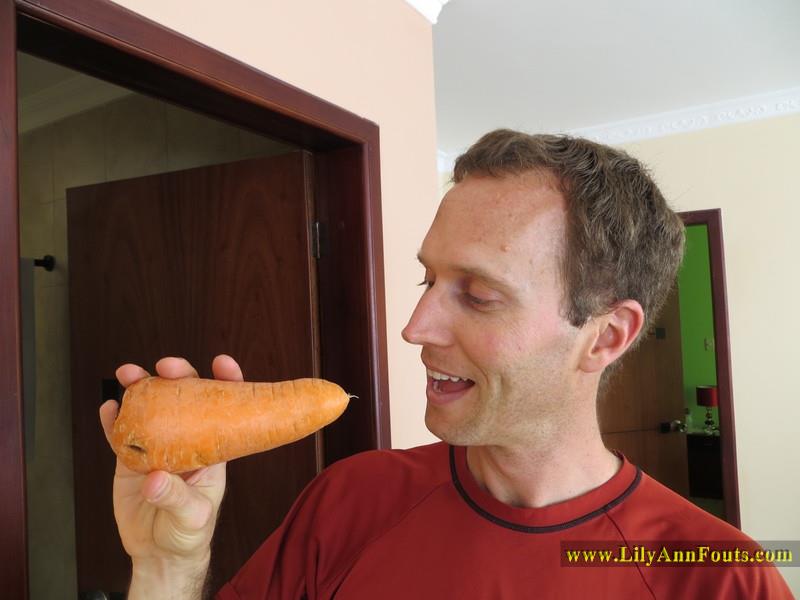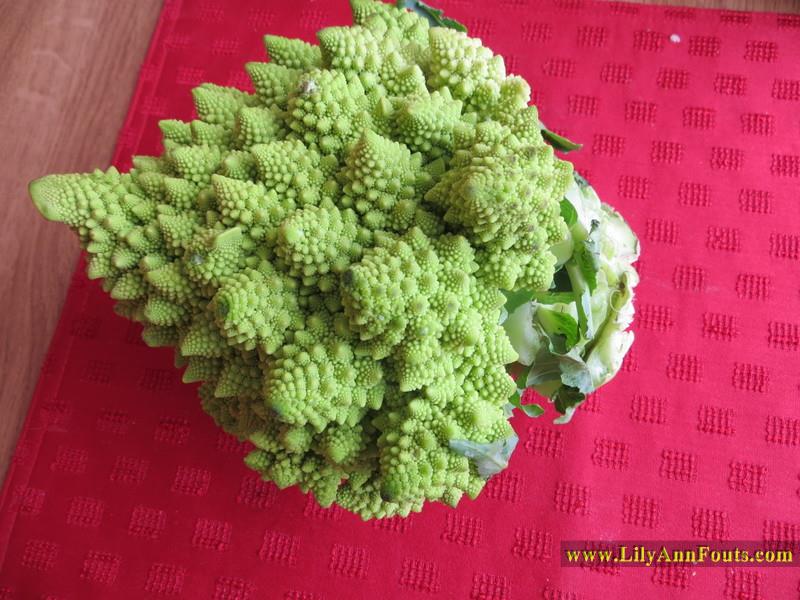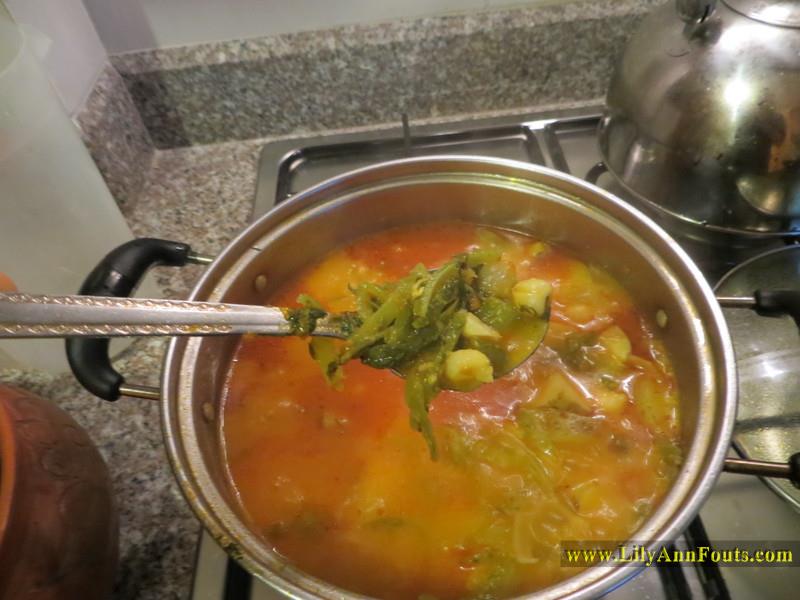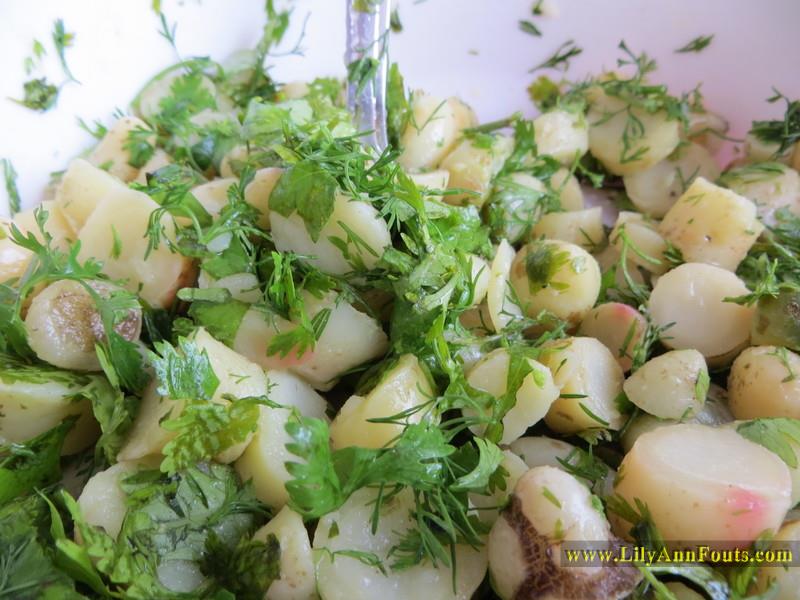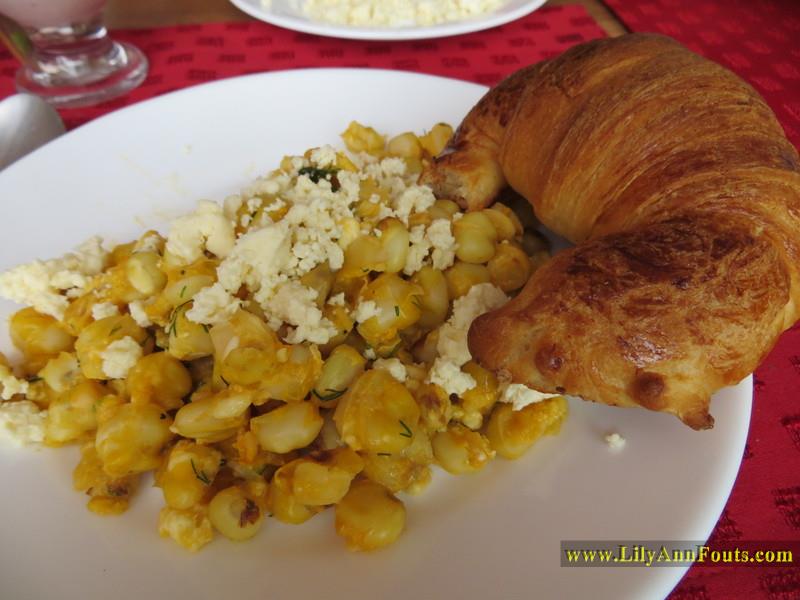7 Weird and Exotic Vegetables We Enjoyed in Loja, Ecuador
Last week I wrote about 19 different weird and exotic fruits you can find in Loja, Ecuador. This week I’d like to continue the trend by throwing a few weird veggies into the mix! (By the way, if you want a ton of great info about Loja, Ecuador, check out the book I am writing!)
Though they’re not as numerous as the fruits, we did find several new and uncommon vegetables—and a few familiar but strange-looking ones, like super-fat carrots and giant corn kernels. So without further ado…here are 7 weird and exotic veggies we found in Loja, Ecuador!
1. Super-Sized Carrots
I don’t believe I’ve ever seen such chubby carrots in my life. Have you? These tasted pretty much like ordinary carrots—maybe slightly less sweet than their skinnier brethren.
2. Romicia (Romanesco Cauliflower/Broccoli)
Several of my U.S. friends know what this one is, so apparently it’s not completely endemic to South America. Turns out it’s a cauliflower/broccoli hybrid. I’ve seen other cauliflower hybrids but they didn’t have the beautiful design of this one! I love the way it looks and when I saw a lady selling it at the open-air market I couldn’t resist. It was the size of a huge cauliflower and it only cost $0.75. Basically, it tastes like cauliflower, but it’s more fun.
3. Achochas (no English name)
I had no idea what to do with these, so I asked the lady who was selling them. She said to slice them up in strips and toss them into a soup, so I tried that:
Apparently they can also be eaten raw in salads or stuffed with things as stuffed peppers are. They taste a little bit like a cucumber. I discarded the little spongy seed stem and collection of black seeds attached to it–unsure if that was edible. I read that the leaves of the plant are edible.
4. Melloco (no English name)
These look for all the world like little miniature potatoes, and for awhile I was pretty sure that’s exactly what they were. They do have a flavor much like potatoes. The vendors at the market told me they were not, though, and according to Wikipedia they were right. They stay crunchy even when cooked, and are used in salads and other dishes. One of the ladies told me that you could make it in a salad with cilantro and lemon juice, so that’s what I did.
5. Choclo (Peruvian Corn)
This species of corn takes a long time to grow (8-10 months if I remember correctly) and so is not suitable for most North American gardens, but it’s pretty impressive. Apparently the corn stalks can grow 16-20 feet high. Here’s a local dish a friend taught me to make using choclo—notice how large the kernels are:
Unlike the small corn kernels we are used to eating up North, these are a bit chewier. They are somewhat like hominy. I thought they were delicious and very satisfying!
6. Yuca (Cassava)
This starchy root vegetable was extremely common and seems to be a staple of the Ecuadorian diet. I found out this is where tapioca comes from. It’s similar to a potato in flavor, but even higher in starch. A bread made from yuca is fairly common in Ecuador.
 7. Plantains – Honorable Mention
7. Plantains – Honorable Mention
Maybe these should have been in the post about fruits last week, but these large plantain bananas are used more like a vegetable than like a fruit. The green plantains in this photo are next to a normal sweet “fruit” banana, so you can see the size difference. While they are still green they almost taste like a potato. As they ripen and turn yellow they become sweeter, but remain starchy and as such aren’t really suitable for eating raw. Typically they are sliced and fried. Chifles are a very common snack food in Ecuador—they are like potato chips, except they’re made from plantains. This is the most common food in Ecuador as far as I can tell. Plantains are actually very common in the U.S.–I see them in the produce section at most Walmart stores. Have you tried them? If not, go pick one up, peel it, slice it, fry it, and try it! Let me now what you think!
What About the Other Seasons?
As with the fruits, I found myself wondering how many more new veggies we would have discovered had we been around for the entire year, through all the growing seasons. Discovering new foods is one of my favorite things about traveling!
More new stuff coming next week! Be sure to sign up for my once-weekly brief letter so I can keep you in the loop when I write new posts! (Just enter your email below.)
Your turn! What’s the weirdest veggie you ever tried? Share in the comments below!
Enter your name and email to receive my newsletter and stay up to date!
We hate spam as much as you. Your email is safe with us.


